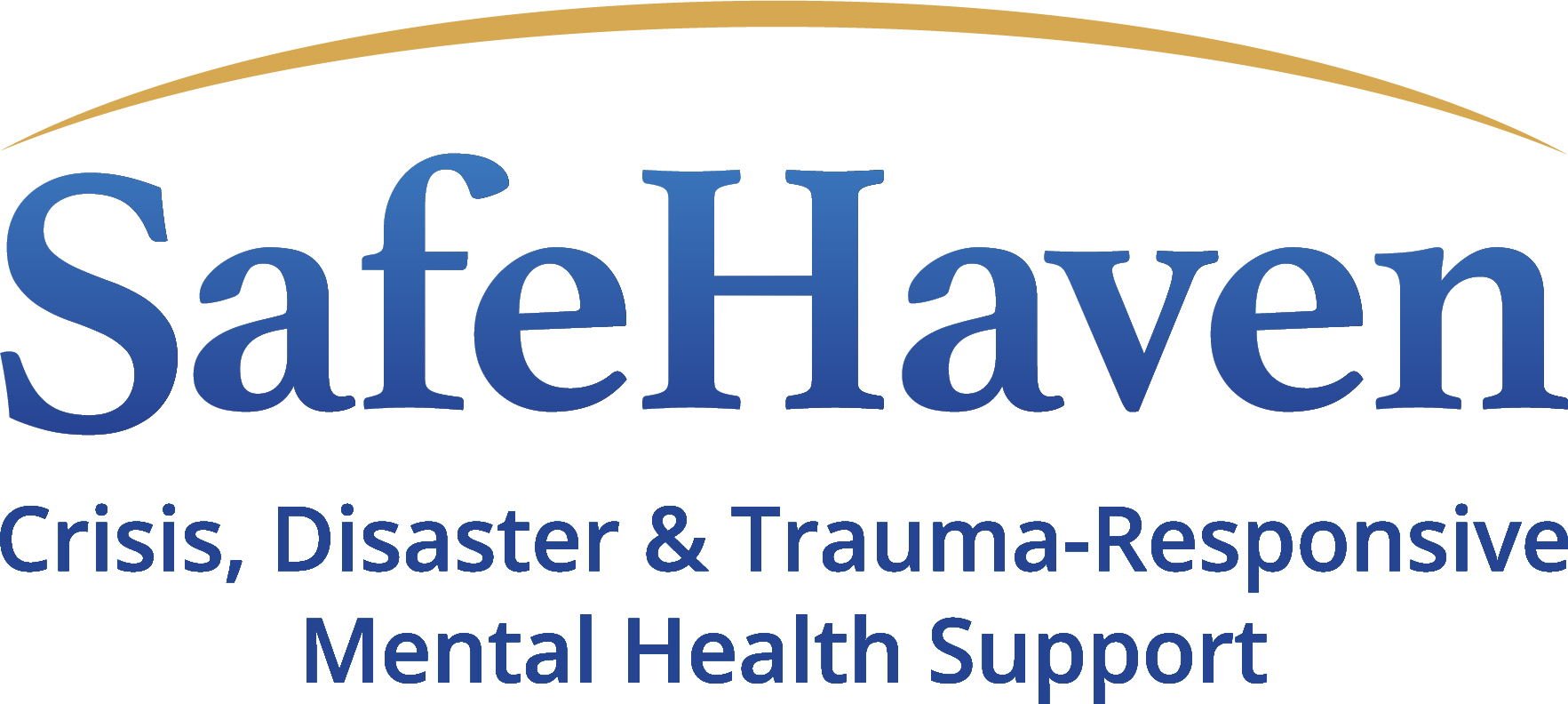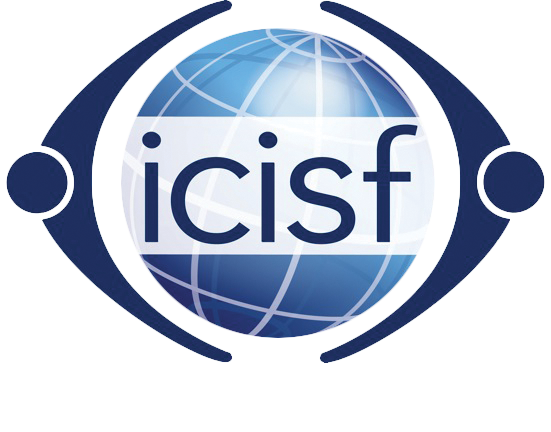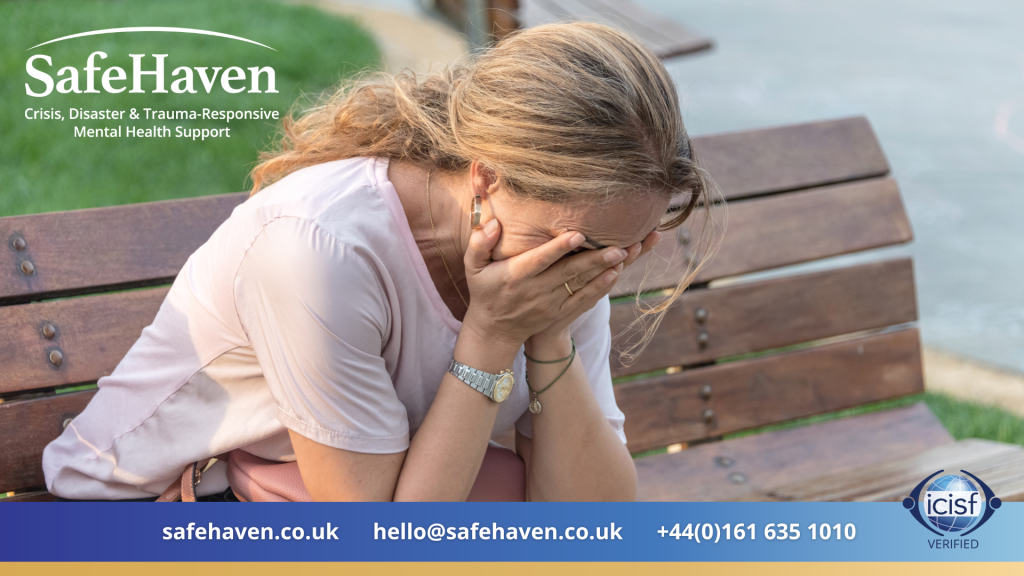By Charlotte Copeland
It’s not unusual, when we’re talking with school leaders, for them to recount a tragedy they’ve experienced at their school, where people have been affected by a serious traumatic incident. It’s often the case that they say, “We had an incident last year and while the teachers had support and the children had support, was there anything else we could have done?”
Our response to that, when they say they had support, is to ask ‘what does that mean?’ Because usually, most organisations just make a counsellor available. And in the first six to eight weeks after any shocking or distressing event, it’s not counselling that’s actually needed.
What is needed is a range of interventions that allow the emotional shock to be diffused and dissipated. They need a way for them to start to make sense of the experience they’ve been through and what that means for them. What are they going to take away from it, and what does that mean for them in the future?
Most schools do provide general counselling via employee assistance providers, or EAP, typically for anxiety, depression, bereavement, and general mental health. But that’s distinct; quite separate from the response required when we have somebody with a highly traumatised brain, because that brain functions very differently.
Shocking, distressing events create changes in the brain that take a few weeks to recover from, just like a bruise. Usually, it’s only at the six- to eight-week mark that you know if there is more sustained bruising, and that’s the point at which you would need mental health professionals who can offer trauma-focused therapy. If someone’s been through a distressing situation, that should not be general counselling.
Preparedness
The first thing that needs to happen, if the outcome of a traumatic incident is to be mitigated effectively, is to ensure the right setup is in place. Even before an incident occurs, it’s important to understand how to reduce the likelihood of one occurring in the first place, and then how to prepare staff, and, depending on their age, the students as well, for the eventuality of a distressing event. There needs to be a protocol of what to do, just like the practice of fire drills.
The first measure then, is preparedness. At SafeHaven, we do a version of the drill psychologically, explaining that certain situations can cause us to feel very upset. And this is what feeling upset can feel like in your body. This is how it can feel in your emotions. And this is how it can change your thinking. If something happens, all that you experience is really normal, and this is how we’ll help you recover.
For children, you have to adapt this and make it age-appropriate, but it can still be done. For example, if a young child falls over in the playground, they know that a teacher, or an older child perhaps, will pick them up, take them to the nurse’s station, clean them up and put a plaster on. It’s the same process psychologically, where you say ‘so if this happens, this is what we do. And this would be what to expect.’
It’s about the importance of managing expectations, and it helps children and staff feel safe, not only pre-emptively, but during an experience and afterwards. Because they feel safer, and understand the reactions they’re having, those reactions are reduced in the first place. And this facilitates the recovery process.
What a school should have in place are their operating processes, and a policy that reaffirms in writing what everyone will do in the case of an incident, and how they will do it. That’s an important part of the upfront awareness for staff, so they’re really clear about what they can access, and where they can signpost children, parents or their colleagues to.
Early Interventions
In an ideal scenario, a school would use a specialist like SafeHaven to train a number of their staff in Trauma-Responsive Psychological First Aid, just like they will have a number of staff trained in physical first aid. It’s important to realise that you cannot engage a distressed person in a rational conversation.
A school would also have access to on-call, early intervention mental health professionals, like we provide here at SafeHaven. In major incidents—which would be considered beyond what a psychological first aider could be expected to manage—this means a school can have immediate early intervention assistance at the site providing appropriate psychological care, as well as guidance and assistance on welfare communication and coordinating of care services for the management/crisis-response team.
When a person is experiencing psychological shock and distress, you have to know how to de-escalate that first, before you could ever hope to have a meaningful conversation. How you handle that process can either facilitate somebody’s recovery and help them stabilise their reaction, reducing their risk of dropping into the distress again, or it can exacerbate the situation. So, giving staff confidence via training and clarity on a process to follow is essential.
We also train people to recognise when the brain bruise that happens when we’ve been really distressed is on a normal recovery path, and when to enlist mental health professionals for counselling or psychotherapy. We help staff understand when signposting to EAP is appropriate, and when someone might need trauma specific services instead. We get them to look at whether they have access to that, and if not, a clear rationale for what would be a good thing to talk to their GP about, and why.
Most important to understand is that trauma-specific support that accounts for the neurological changes in the brain after traumatic incidents, and provided as quickly as possible, significantly mitigates the impact of what has happened, helps people recover faster and means you’re far less likely to get longer term difficulties associated with distress.
What we do know— and we’ve seen this a lot— is that if organisations just say, ‘well, here’s our EAP, call this number for counselling’, the people who are highly traumatised often get told, ‘I’m sorry, we can’t support you because it’s a specialist area’. Or if they do enter counselling through EAP, they find it ineffective. One of the biggest problems for people that are traumatised is that they drop out of support, because either there’s a mismatch between the type of support they’re receiving and what they need, or they enter trauma focused therapy—the right kind of therapy—but it’s too soon, so again, they drop out.
There should always be a phased response, and a school needs to understand what it can expect of those phases of recovery, and how much they can do internally with their own team. And when they need external support, what they can use, and when they should use it. There needs to be a clear role and accountability for making sure the structure is in place, to provide that reassurance, and ensure the messaging they provide is correct.
Messaging
This messaging is not only to the kids, but importantly to parents. One of the things SafeHaven does is to make sure schools have guidance on what to send out for parents around what to expect, how this might impact them, and what to look out for in their kids. What to do if they’re worried about their kids – do they go to the school? Do they go straight to the GP? Do they do both?
There are many aspects to consider and encompass within the process the school sets up. This will also depend on the type of school – for instance, is it local, so all the children are from the local community, or is it a boarding school where parents may be working abroad a long way from where their children are? We always have to look at the school, who the children are, the access to parents, and also potentially the willingness of parents to be more engaged in what they can do in collaboration with the school. All this comes from understanding the culture within the school itself.
So if we’ve partnered with the school to put their policy and processes in place, they will know what to do, who needs to do what, how to identify staff or children they’re concerned about, and what to do if they are.
Deployment options
We also offer an option for a school in that first six to eight weeks to deploy our teams to location to manage a major incident where there’s been serious injury and loss of life. We work with the crisis team in the school and help identify all the people potentially affected in those three key groups, staff, students, parents. We coordinate everything that needs to be sent out, from information access to services, reaching out and providing trauma-informed early intervention support.
Our mental health teams have numerous early intervention strategies available to us, depending on what an individual needs. We look at the degrees of need of the people affected, and their level of exposure to what has happened. These are all factors that influence what kind of support they receive. We provide tailored support for people in that first 6 to 8 weeks and then we are constantly evaluating whether an individual needs therapy, and if they do, we’ll do an assessment and can write a summary report they can take to their GP to get trauma-informed support.
Leave no-one behind
It’s also very important to understand that when an incident affects a school community, it’s not just the teachers, students and parents who are impacted. We’ve had many experiences where we go in, and when asking who was actually around that day or who may have been in the facility or seen it, we’re given the names of the main people that maybe helped stop the bleeding, or performed CPR. When we probe further, we’ll find out that there were three local cleaners who were sent in to clean up all the blood. How did these people get missed? How did the reception staff taking and making the distressing calls get missed?
It is generally the people in secondary support roles that do get missed, because they’re one step removed, and people don’t think of them. SafeHaven look at the ripple effect of trauma and identify the degrees of need of each individual and their exposure. We take charge of everybody’s welfare.
If you would like to speak to us about any of the above, please do contact me by email hello@safehaven.co.uk or call 0161 635 1010
ABOUT SAFEHAVEN CISM
SafeHaven is a multi-disciplinary team of mental health professionals who are all specialists in trauma-responsive psychological mental health care. SafeHaven support organisations and their employees, providing the best in trauma-informed proactive and responsive approaches to psychological wellbeing in the workplace, enabling organisations to provide a package of support that meets best-practice guidelines and international standards.
Core services for organisations:
- Crisis and disaster mental health care
- Consultancy on psychological risk management, policy and SOP development
- Workplace peer-network training
- On-call psychosocial response teams
- Telehealth psychological support
Our team members also act as consultants to the media, supporting productions such as upcoming documentary series KIDS, Once Upon a Time in Northern Ireland, and the award-winning documentary ‘Once Upon A Time in Iraq’.
They undertake speaking opportunities as Subject Matter Experts on topics such as:
- Psychological crisis response
- Critical incident training for organisations
- Employee welfare
- Post-traumatic stress disorder
- Workplace and vicarious trauma
- Psychological safety
- Workplace mental health


